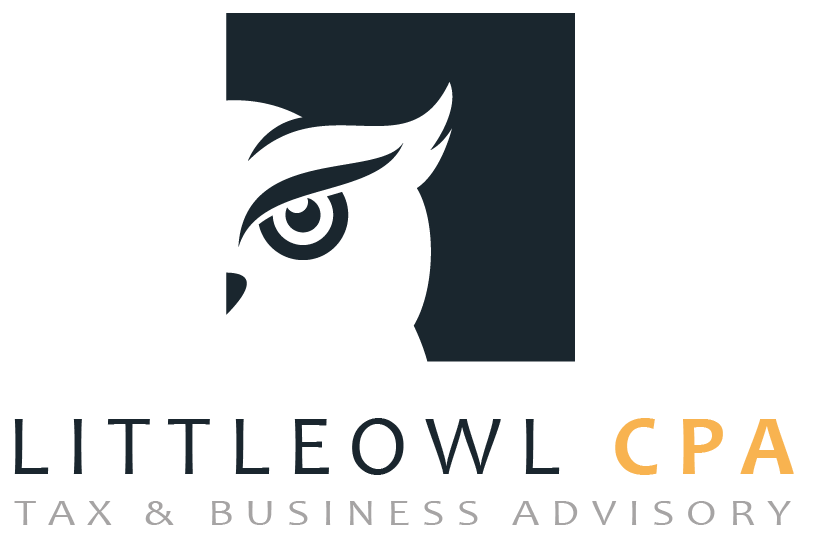As the end of the year approaches, it’s an opportune time to review your financial situation and implement tax planning strategies to minimize your tax liability. By taking proactive steps, you can maximize your tax savings and potentially optimize your overall financial picture. In this comprehensive guide, we will explore effective tax planning strategies for the end of the year 2023, including deductions, credits, retirement contributions, and other strategies to help you navigate the tax landscape.
Maximize Retirement Contributions
- Contribute to Employer-Sponsored Retirement Plans: If you have access to an employer-sponsored retirement plan, such as a 401(k) or 403(b), consider maximizing your contributions before the year-end. These contributions are tax-deductible, and by increasing your contributions, you can reduce your taxable income for the current year.
- Explore Individual Retirement Accounts (IRAs): Contribute to a Traditional IRA or Roth IRA, depending on your eligibility and tax situation. Traditional IRA contributions may be tax-deductible, while Roth IRA contributions are made with after-tax dollars but offer tax-free withdrawals in retirement.
Evaluate Capital Gains and Losses
- Harvest Capital Losses: Review your investment portfolio with your investment advisor and discuss capital losses that may be available to you. Capital losses can be used to offset capital gains and potentially reduce your taxable income. Be mindful of the wash-sale rule, which restricts repurchasing the same or substantially identical securities within 30 days.
- Consider Capital Gain Strategies: If you have capital gains from the sale of assets, evaluate the possibility of offsetting them with capital losses or utilizing tax-efficient investment strategies.
Charitable Contributions
- Donate Appreciated Securities: Consider donating appreciated securities to qualified charities. By doing so, you can potentially avoid paying capital gains tax on the appreciation while receiving a charitable deduction for the fair market value of the donated assets. Only certain securities apply.
- Qualified Charitable Distributions (QCDs): If you are age 70½ or older, you can make direct charitable contributions from your Individual Retirement Account (IRA) through a QCD. QCDs can satisfy your required minimum distribution (RMD) for the year and provide a tax-efficient way to support charitable causes.
Take Advantage of Deductions and Credits
- Accelerate Deductible Expenses: Consider prepaying deductible expenses, such as mortgage interest, property taxes, and state income taxes, before year-end. Accelerating these payments may increase your itemized deductions for the current year.
- Maximize Health Savings Account (HSA) Contributions: If you have a high-deductible health plan and are eligible for an HSA, contribute the maximum allowable amount. HSA contributions are tax-deductible, grow tax-free, and can be withdrawn tax-free for qualified medical expenses.
- Explore Education-Related Tax Credits: If you have qualifying education expenses, such as tuition and fees, consider the American Opportunity Credit or the Lifetime Learning Credit. These credits can help offset the cost of education.
If you have questions about how this topic will impact you, Team LittleOwl CPA is here to help. Schedule a discovery call today!

About Tabitha Regan
Tabitha Regan is the Founder and CEO of LittleOwl CPA. She is a Certified Public Accountant, Certified Financial Planner™ and Personal Financial Specialist. In her 16+ year career span, she has developed an expertise in the specific needs of small businesses and busy professionals with accounting, tax and advisory services.


